Spending time in green spaces can provide big health benefits
Walking in a park or playing in a yard can make you feel better, both mentally and physically
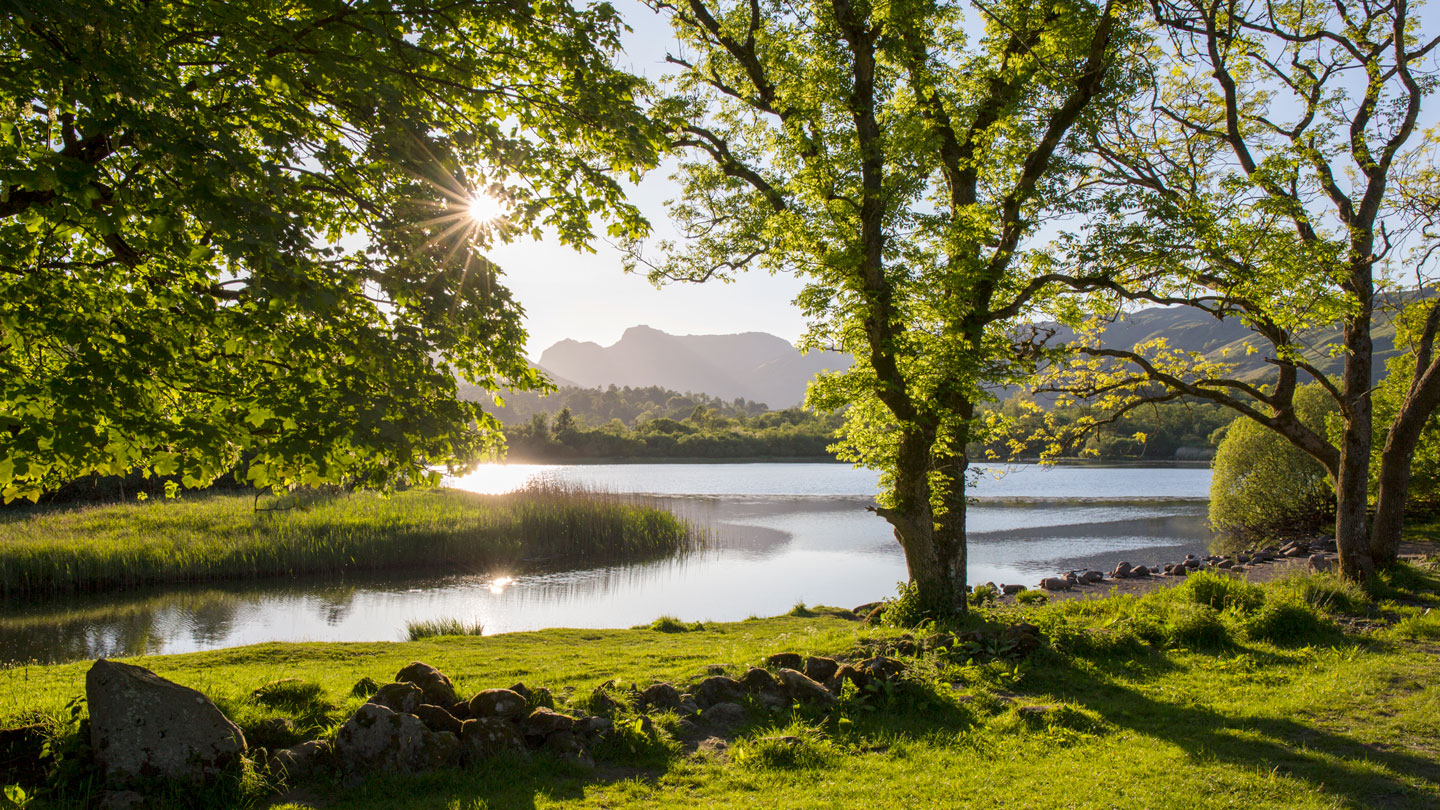
Walking through a park, like this one, can help soothe anxiety and recharge our brain’s ability to focus.
David C Tomlinson/The Image Bank/Getty Images Plus
Listen to this story:
Have feedback on the audio version of this story? Let us know!
When did you last spend time in nature? We’re not talking about walking down the street or riding in a car or bus. Perhaps you were playing in a field or hiking in a woodland. Maybe you were just lying on the ground, watching birds flit among the branches of a tree. Or observing bees and butterflies as they sip nectar from flowers. If it’s been a while, you might want to try it — because research shows we get big health benefits from spending time in such natural spaces.
It’s not just about the health benefits of playing sports or doing other outdoor exercise. The simple act of being out in nature can make you feel better, both mentally and physically.
“The idea,” explains Anne Schutte, “is that because we evolved in nature, then nature is actually where our brains operate the best.” A developmental psychologist, Schutte works at the University of Nebraska–Lincoln. There, she studies the effect of nature on attention and memory.
Research by her and others is now revealing that people who spend time in nature tend to breathe cleaner air. But there’s more. That outdoor time also can help people once they move indoors again. They are better able to stay focused, soothe stress and much more.
Finding focus
There’s some evidence that when we’re indoors, in cities or in other built environments, our brains have to work harder to focus. One reason may be that these places are full of people, vehicles and other things that surround us with constant movement and sound.
Those things use up our focused attention, Schutte says. “It’s kind of a finite resource. And when we get to a certain point, we have to take a break and let it rest,” she says.
Natural environments are different, she notes. Being in nature may come with potential risks, but those are few and far between. “Green spaces — the plants and the trees and so on — are thought to be more restful and relaxing to our attention,” Schutte says. So is listening to birds singing in the trees. We can let our minds wander in this environment. And that recharges our ability to focus, she says.
Schutte and her colleagues found data to support this among children who took tests of attention and memory. On one visit to Schutte’s lab, kids took those tests indoors. Another time, the kids took them outside where they faced a green space with trees, grass and gardens.
Both times, the children wore a net of sensors on their heads. These recorded electrical activity in their brains. The printout of this is known as an EEG. That’s short for electroencephalogram (Ee-LEK-troh-en-SEF-uh-loh-gram). Specific peaks in the EEGs pointed to spikes in brain activity.
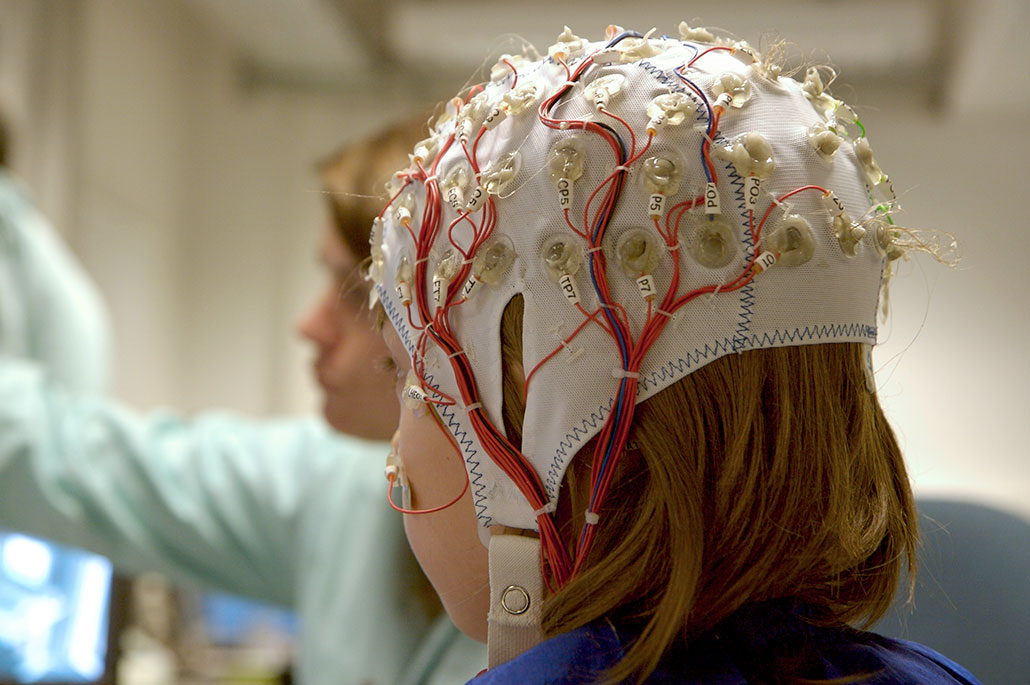
All of the children successfully completed their tasks whether indoors or out. But the EEGs revealed a difference between the two settings. And the researchers homed in on one specific peak. Its height is thought to be “a measure of the strength of their attention,” Schutte explains. A higher peak suggests the brain worked harder to complete a given task.
This peak was lower when the children did their tasks outdoors. “They didn’t have to work as hard on it as they did indoors,” Schutte says. That’s despite the fact their indoor space had been a quiet room. In fact, the outdoor space had “all the sounds of nature,” such as calling birds and blowing breezes.
In that study, working outdoors seemed to help all the kids focus.
But the benefits might be even more powerful for kids who find it tough to stay focused. In a similar experiment, kids with ADHD went for a walk in nature or down a city street. The nature walk improved their ability to complete a task, Schutte says — it helped about as much as medication might. These tasks were done indoors later on, after the walks. That suggests that nature’s recharging effects last beyond the actual time spent outside.
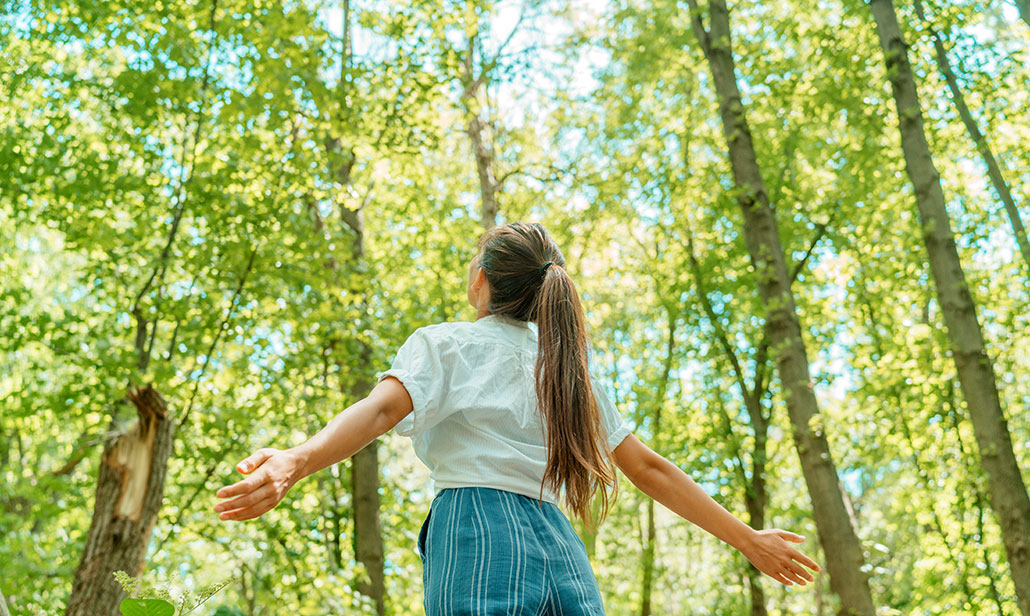
Remaining calm
Nature doesn’t just improve attention. It also boosts mental health in other ways, too. People in cities are more likely to experience mood disorders, anxiety and depression than those living in rural areas, research has shown. Sonja Sudimac wanted to know why. What was happening in the brain to lead to such changes? An environmental neuroscientist, Sudimac works at the Max Planck Institute for Human Development. It’s in Berlin, Germany.
Sudimac recruited young adults for this study. When they arrived at her lab, each answered questions about their stress levels and mood. Then they completed a memory task. They also had their brains scanned in an MRI machine. While in the machine, they answered questions about how much they thought about negative things. They also viewed photos of people who either looked neutral or fearful. And they performed a task that made them feel stressed.

Afterward, they went out for a 60-minute walk. Half strolled through a forest. The other half walked down a busy city street. Then they went back to the lab for more brain scans and tests.
Those scans revealed activity in the amygdala (Uh-MIG-duh-la). This brain region tends to light up in brain scans when people feel stressed or encounter something fearful, such as a scary face. The brains in all of them showed amygdala activity before the walk (from tasks they completed while in the MRI machine). That level of activity remained the same for test-takers who were scanned after their hour-long walk in the city. But it dropped in people who had walked through the forest, even though the tests they took after the walk were just as stressful as they had been before.
Sudimac’s team thinks nature calms the amygdala. “It could be that it’s just more difficult for [the] amygdala to get activated” after a walk in nature, she says.
Her team doesn’t know exactly why nature might soothe this part of the brain. But work by others has shown similar conclusions.
One study looked at the effects of doing something socially stressful. It might be giving a speech when you’re not prepared. People in rural areas showed less amygdala activity during such a task than those who lived in cities. Apparently, it’s simply easier to become stressed or frightened in cities.
But there’s an easy fix, Sudimac adds. “It’s incredible how easily we can contribute to our mental health just by adding green spaces.”
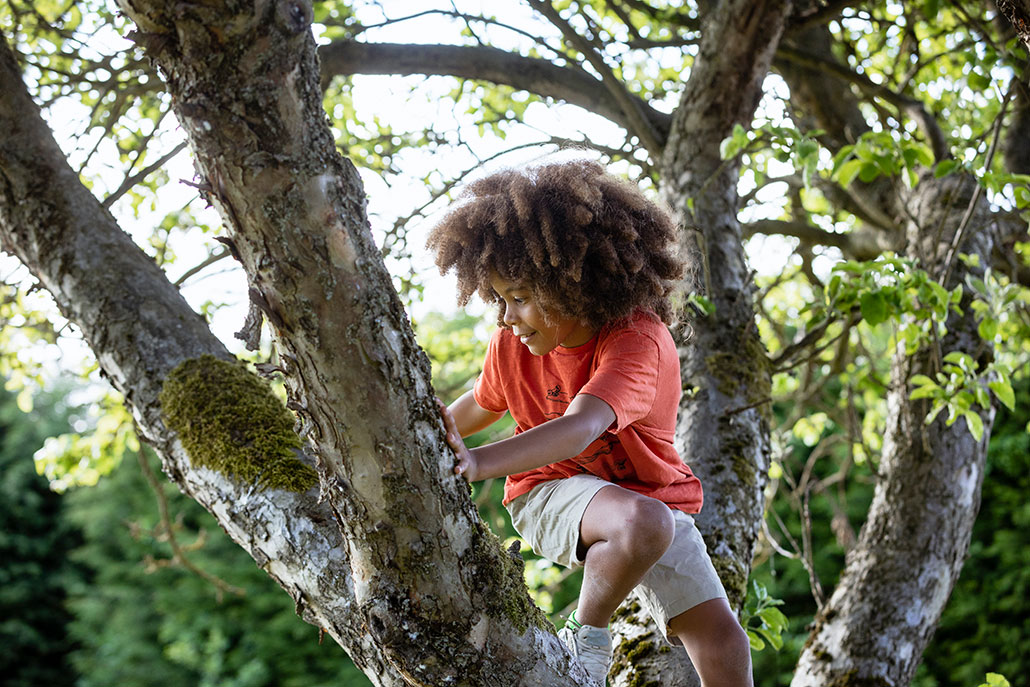
Physical health perks
The benefits of nature go beyond mental health, says Marcia Pescador Jimenez. She works at Boston University in Massachusetts. As an epidemiologist, she studies the causes of disease. And she’s especially interested in how nature might help.
The lower stress levels that people experience in nature can improve physical health, in part by lowering blood pressure. Outside, people also may be more likely to socialize with neighbors. Those connections can help people feel less lonely and generally happier. They also may lead to more exercise when someone starts up a game of tag or frisbee — or maybe suggests a bike ride. Physical activity brings additional benefits, such as better sleep and a stronger immune system.
Nature itself can boost physical health in other ways, too, Pescador Jimenez says. Breathing in dirty air can also boost levels of stress hormones and lead to other harmful changes. But plants, data show, can absorb some air pollutants linked to heart and lung problems.
Plants even reduce loud noises that can be stressful and perhaps even cause tinnitus, or a ringing in the ears. Here, the type of green space may make a difference. As you might expect, Pescador Jimenez says, “noise can be better absorbed by trees as opposed to grass.”
Some studies even suggest that time outside can aid our vision by giving us things to shift our literal focus — from near to far and back again.
And when you can’t get outside . . .
Sometimes we can’t make it outside. But being able to view green spaces from a window is still good for us.
One study looked at people recovering from surgery. Some had rooms with views of green spaces. Others didn’t. Those who could see nature got better faster. They left the hospital more than a day earlier, on average. Those with views of nature also reported feeling less pain than those without the view.
In general, “we find that greenness has a higher benefit among urban settings,” Pescador Jimenez says. That’s especially true of urban neighborhoods where people have less money, she adds. When communities plant street trees or other greenery, people in these areas tend to see a boost in health.
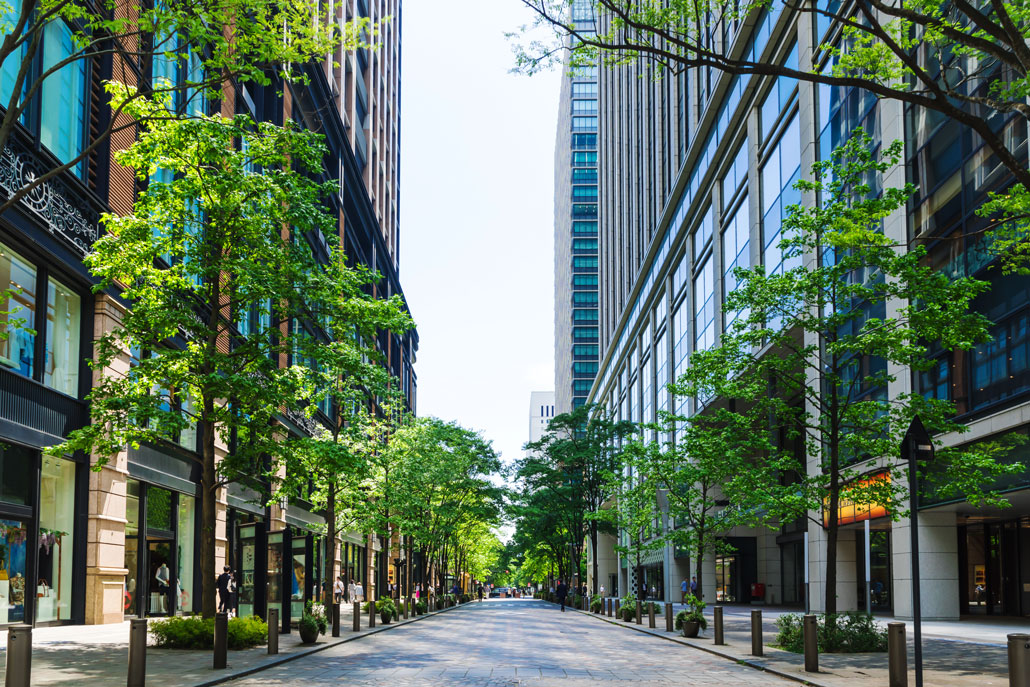
What can you do to reap the benefits of nature? Get out into a park for a walk or to play. Plant a tree, if you can. A tree’s canopy of shading leaves “actually helps a ton on those hot summer days,” Pescador Jimenez points out. It cools the area, removes air pollutants and lowers the volume on honking cars and sirens.
Can’t plant a tree? Try a flowerpot or two on the balcony or windowsill. If that’s not an option, indoor houseplants work, too.
“How cool is nature?” Pescador Jimenez asks. It can provide amazing health benefits, just by existing near us. But to keep reaping those benefits, we need to preserve as much green space as we can — taking care of it, so it can take care of us.







